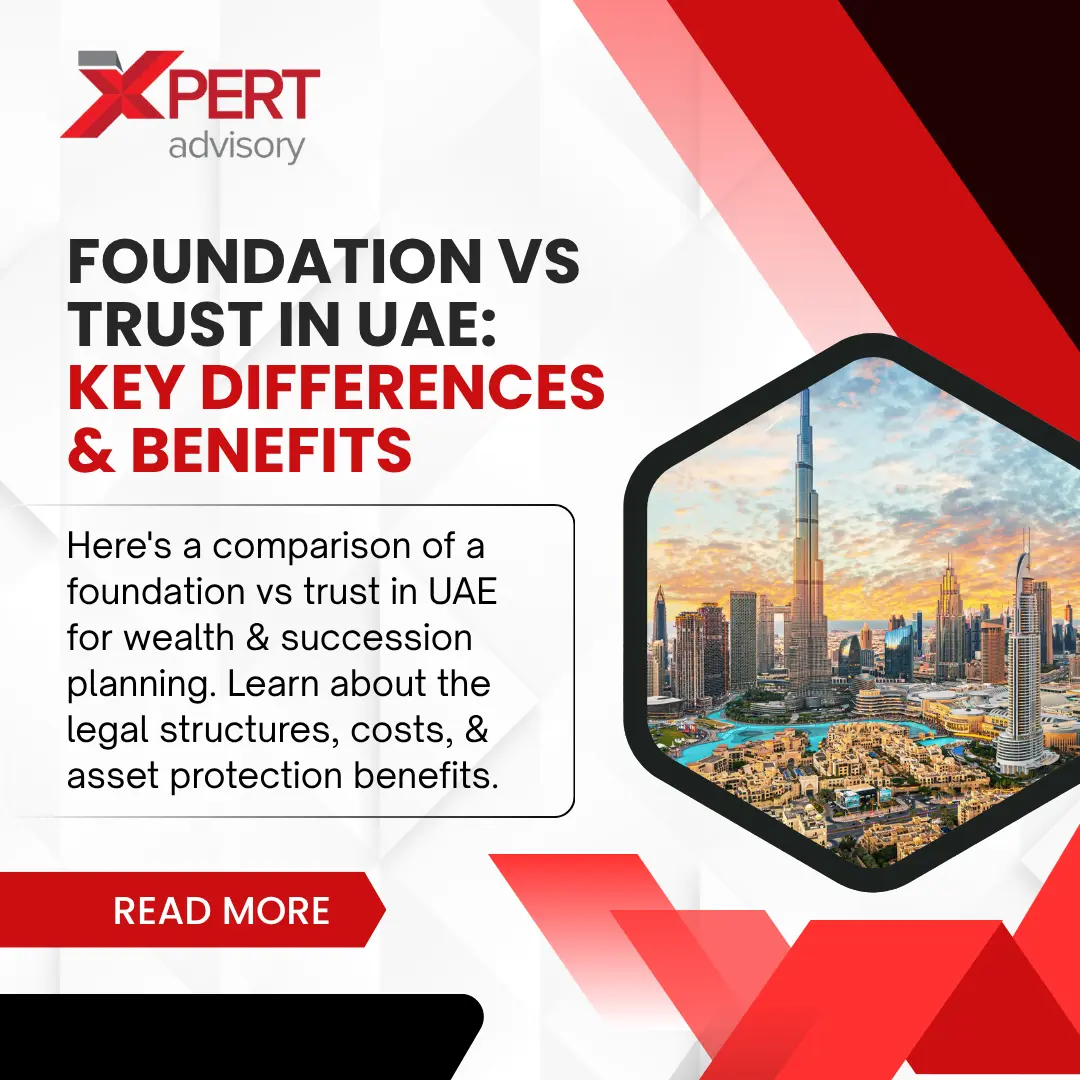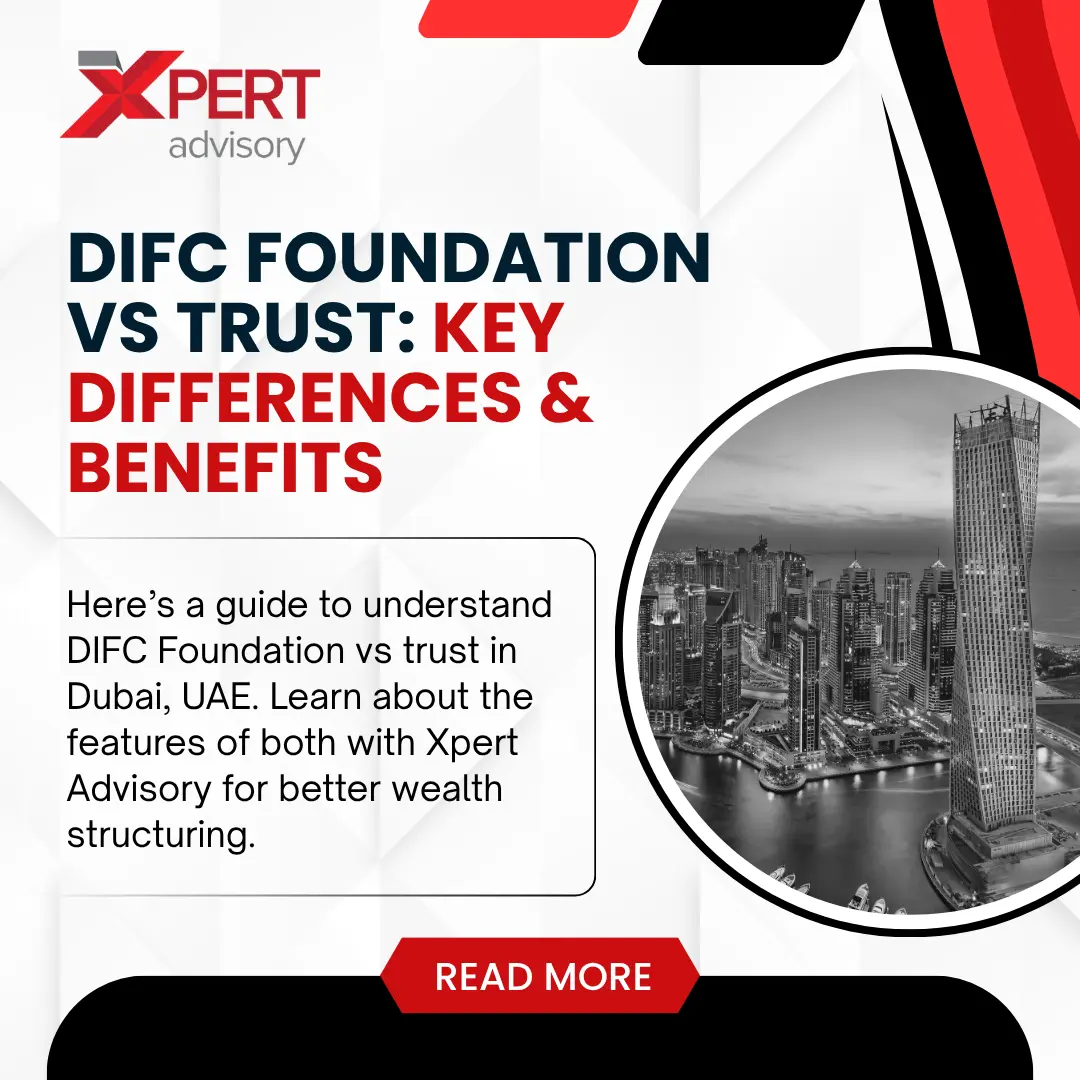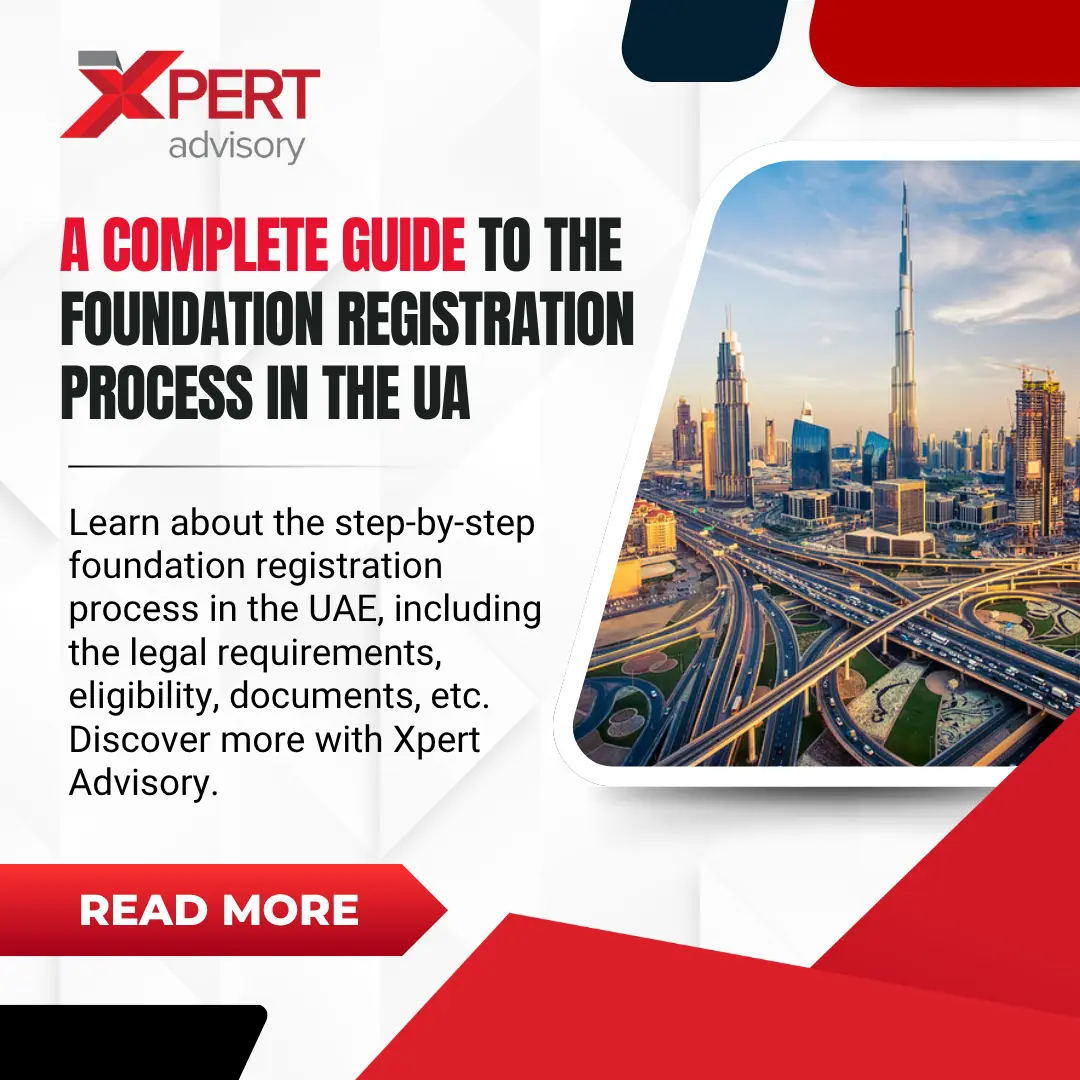Financial crime continues to evolve rapidly, making it increasingly complex to navigate illicit activities. Embezzling and money laundering are both financial sector offenses that affect customers and financial institutions differently through distinct effects and expected evolutions. Therefore, understanding the differences between embezzlement and money laundering helps AML practitioners follow regulatory rules for efficient crime prevention. In this blog, we’ll explore the main difference between embezzlement and money laundering and how to stop them.
What is Embezzlement?

Embezzlement is a white-collar crime through which people and organizations perform misappropriation of funds or assets they receive as custodians for their monetary profit.
According to Hiscox’s Embezzlement Survey, companies affected by embezzlement suffered more than just financial losses. They also lost customers, faced challenges in attracting new ones, and experienced setbacks in business partnerships.
Examples of embezzlement cases include:
- One staff member from the accounting department takes his employer’s bank funds and then fabricates fake financial transactions to hide the unlawful money transfer.
- A worker submits fake expense claims, although they never spent the requested funds.
- An office employee steals stationery and valuable items from the workplace supply storage area.
- The finance director purchases a personal car through the business credit card operations.
- The embezzler makes victims invest in a deceitful influx of investment with high returns, but the scheme fails because insufficient new investors are joining, thus leading to payment difficulties.
What is Money Laundering?

Money laundering is a serious criminal act involving an organization trying to conceal the origins of illegally obtained money so these funds can be used legally in the financial system.
The United Nations Office on Drugs and Crime (UNODC) estimates that between two and five percent of global GDP is laundered each year, totaling around $800 billion to $2 trillion.
The process of laundering money involves three sequential stages in money laundering operations:
- Placement: The placement stage involves entering and laundering sums of money through manipulated transactions involving businesses that strictly accept only cash.
- Layering: Offenders move funds through normal financial routes to conceal the illegal origins of those funds. Money launderers perform placement by setting up fake transactions among bank accounts or conducting sophisticated integration using holding company investments.
- Integration: The funds are returned to financial institutions and businesses so the “owner” can utilize them.
What are the Key Differences Between Embezzlement and Money Laundering Financial Crimes?
The key difference between embezzlement and money laundering are as follows:
- Intent. Money laundering is the process of hiding sources of illegal funds, but embezzlement consists of stealing funds that belong to others through entrusted responsibility.
- Actors. Money laundering activities need numerous shady parties to operate, while embezzlement requires a single person.
- Stages. The money laundering scheme requires multiple phases, while embezzlement activities depend on one discrete act of dishonesty.
- Detection. The legal detection of money laundering demands extensive investigation to follow illegal funds until they reach their original criminal source. However, embezzlement detection mostly depends on audits and financial statement discrepancies.
The legal professions require defense lawyer representation to address the serious crimes of embezzlement or money laundering despite their different characteristics.
What Can Prevent Money Laundering and Embezzlement Charges?
The prevention of money laundering and embezzlement depends on obtaining the following factors:
- Implement Robust AML Controls
To prevent embezzlement and money laundering, you need to follow these particular preventive measures:
- Design professional anti-money laundering procedures that relate to your business framework.
- The verification process must include comprehensive CDD, which requires checks on identities and business reasons using specific UBO identification procedures.
- Every organizational record, including clients and transactions and due diligence results, must be kept to a minimum of five years.
- To minimize potential risks, organizations should execute payment methods through secure wire transfers between account holders whose identities have been verified.
Implementing robust AML controls becomes possible when your organization follows all previously mentioned steps.
- Utilize Anti-Fraud Software

To combat money laundering and embezzlement involves, using advanced technology, strengthened security implementations, and proper policies and procedures remains essential. AML efforts gain strength while risks decrease substantially through these implemented steps. You can:
- Keep security measures high to prevent criminals from obtaining vulnerable data resources
- Reorganizing external and internal database systems will remove security risks when implementing new suppliers.
- Bank account tracking should be continuous to find doubtful alterations or unexplained transactions.
- Conduct Ongoing Monitoring and Reporting
An organization’s battle against money laundering and embezzlement white collar crime requires the continuous practice of transaction monitoring along with reporting processes. Establishing standard procedures for financial criminal activities reports enables compliance and excellent results in AML enforcement activities by law enforcement agencies.
- Identifying money laundering signs and patterns occurs through continuous customer transaction monitoring.
- System analysis of real-time transaction information develops alerts that trigger further investigation.
- Reporting suspicious activities must follow Suspicious Activity Reports (SARs) to submit to regulatory authorities without delay.
- The organization needs proper protocols to report suspect financial activity to government-selected law enforcement bodies.
- Encourage Employee Training
The prevention of money laundering and organization theft depends heavily on staff education and awareness within the financial industry. The periodic communication of AML policies and procedures and results to management facilitates constant engagement from leaders in KYC compliance activities.
- Instruct staff members about anti-money laundering regulations, detection methods, and mandatory reporting standards.
- The organization should give its workers a mechanism to notify their superiors about questionable business interactions.
- The organization must track training records to verify that the whole workforce remains current with their knowledge.
- All AML policies, procedures, and findings must be relayed to management, which must execute the lead direction.
Final Words
To implement preventive measures, organizations must understand the difference between embezzlement and money laundering. Holding financial assets illegally becomes the distinctive purpose of money laundering instead of the fund theft actions of embezzlement. Businesses can minimize risks while safeguarding assets through robust anti-money laundering controls, fraud detection software, and dedicated staff training programs. This active prevention approach adds value to regulatory requirements and customer and partner trust, resulting in a safer financial framework.
Get protection against financial crimes with Xpert Advisory’s AML services. Our team of experts helps businesses maintain anti-money laundering compliance by performing advanced risk evaluations, operating real-time transaction analysis, and delivering customized anti-money laundering solutions. Contact us today to build a stronger AML framework and reduce financial risks.
FAQs
What are the Primary Methods that Thieves Use to Embezzle Funds?
The main ways embezzlers exploit systems involve falsified records and fraudulent invoices with unapproved money transfers, payroll adjustments, and diversion of company money.
How Can One Identify Embezzlement White Collar Crime?
Financial embezzlement indicates itself through inconsistent records and vanished money, which produces financial challenges that worsen an employee’s unwillingness to be gone for time off and unexpected transformations in their standard of living.
Can Embezzle Funds Be Recovered?
The legal process of fund recovery from embezzlement is difficult, yet success can be achieved by suing for restitution, filing insurance claims, or creating payment deals with the criminal.






